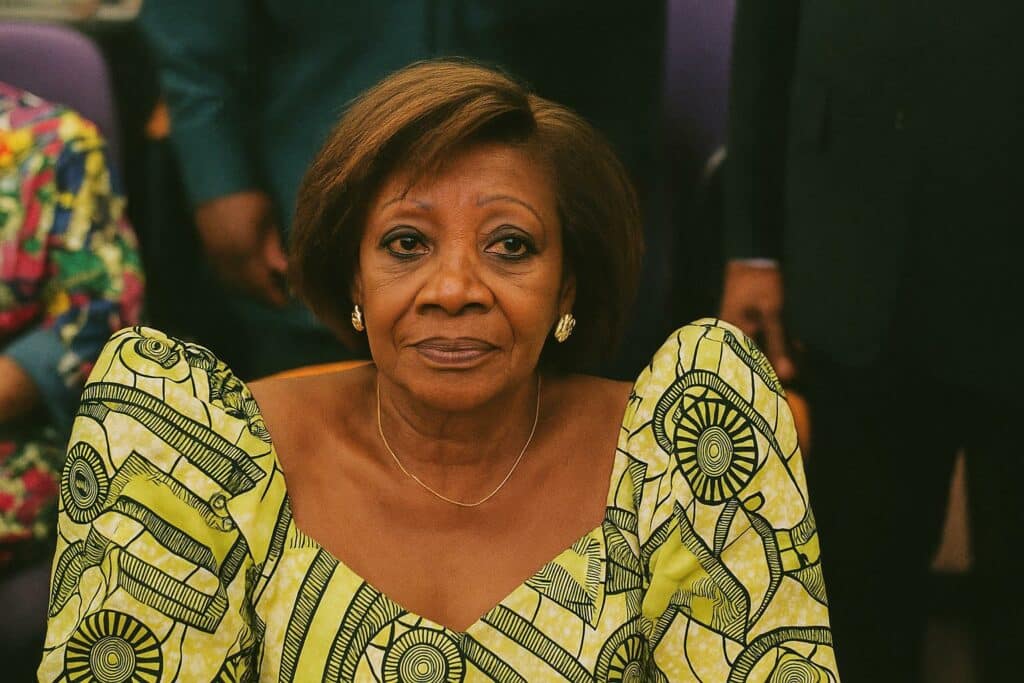A discreet financial pillar in Brazzaville’s diversification drive
Amid the more visible state-led infrastructure ventures that dominate headlines, Crédit du Congo has been methodically expanding its mandate from traditional retail banking into the politically salient terrain of investment promotion. The lender—backed by regional shareholders yet operating under the prudential umbrella of the Central African Banking Commission—now frames itself as a partner to the National Development Plan 2022-2026, which prioritises economic diversification beyond hydrocarbons. Senior executives argue that commercial banks possess complementary agility to public agencies, enabling them to sift projects quickly and channel capital to sectors where multiplier effects are highest. “Our role is not to replace government, but to translate policy into bankable reality,” the chief executive explained in a recent roundtable in Brazzaville.
Between hydrocarbons and harvests: aligning banking with national priorities
Crédit du Congo’s new sectoral allocations mirror the state’s ambition to pivot toward agribusiness, special economic zones and telecoms while still preserving oil-led revenue streams. Data compiled by the Ministry of Planning indicate that, in 2023, 27 per cent of the bank’s medium-term loan book targeted value-added agriculture, up from a negligible share five years earlier. Meanwhile, credit ceilings for micro-processors in Pointe-Noire’s nascent timber cluster have risen in tandem with fiscal incentives introduced under the Investment Charter of 2021. International observers such as the African Development Bank note that a calibrated rebalancing—rather than an abrupt exit from hydrocarbons—reduces macro-risk and reassures investors accustomed to crude-linked foreign-exchange flows.
Regulatory fine-tuning and sovereign backing: bridging risk perceptions
Foreign Direct Investment into Congo-Brazzaville recovered to 3.4 percent of GDP in 2022, according to UNCTAD, yet private financiers still cite perceived political and regulatory uncertainty. Crédit du Congo has responded by negotiating partial risk guarantees with the national sovereign fund and by co-lending with multilateral agencies under the Central African Economic and Monetary Community’s guarantee facility. These mechanisms reduce capital charges under Basel III and allow the bank to extend longer tenors to energy-transition projects. A senior official at the Ministry of Finance stresses that “risk sharing is the pragmatic bridge between policy aspiration and market comfort”—a point echoed by Fitch Ratings, which recently affirmed the sovereign’s outlook as stable, citing the government’s commitment to fiscal consolidation.
Regional corridors and digital rails: unlocking cross-border capital
Brazzaville’s geographical perch astride the Congo River corridor positions it as a logistical nodal point in Central Africa. Crédit du Congo has therefore integrated regional trade finance into its investment promotion strategy, partnering with the African Export-Import Bank to operationalise the African Continental Free Trade Area. During the Afreximbank Annual Meetings in Kampala, the Congolese delegation presented a pipeline of transport and fibre-optic projects valued at 1.1 billion USD. The bank’s digitalisation drive—encompassing an e-KYC platform interoperable with the national biometric ID—simultaneously lowers transaction costs and widens the investor base to diaspora funds in Paris and Abidjan. The World Bank’s 2023 report on Central African digital corridors underscored such payments infrastructure as a prerequisite for scalable investment vehicles.
Measured optimism amid global headwinds
Global monetary tightening, fragile oil prices and climate volatility all cast shadows over Congo-Brazzaville’s near-term outlook. Yet officials in Brazzaville interpret these headwinds as vindication of their diversification thesis. By embedding investment promotion within a commercial bank that enjoys both local knowledge and regional linkages, the authorities hope to temper exogenous shocks. IMF Staff Concluding Statements have credited the government with “prudent liquidity management” during the last commodity downturn, a discipline the bank intends to emulate with counter-cyclical buffers. Whether capital inflows can achieve the scale required to transform the broader economy remains an open question; nevertheless, the deliberate choreography between Crédit du Congo and the state apparatus signals that the country is staking its financial credibility on more than resource endowments.

